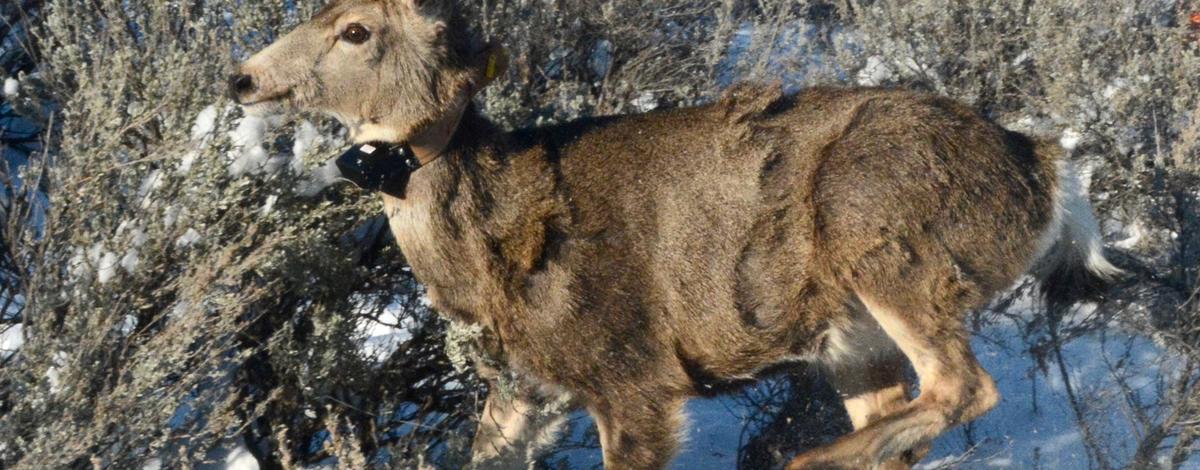Statewide winter survival of radio-collared mule deer fawns and elk calves was about average to slightly above average through the end of February.
A relatively mild winter in much of the state bolstered survival so far, and early spring weather is arriving in some locations, which means early survival reports are encouraging. But threats to wintering wildlife are not over, and biologists will continue monitoring animals until late spring.
“March and April are the two make-or-break months for winter fawn and calf survival,” said Daryl Meints, deer and elk program coordinator for Fish and Game. “At this point, fawn and calf survival is going to come down to how long winter lasts, and how soon spring shows up.”
Idaho Fish and Game biologists are monitoring 193 mule deer fawns and 180 elk calves that were captured earlier in the winter and fitted with telemetry collars.
Through the end of February, 84 percent of the collared fawns and 92 percent of the collared calves were still alive. That compares with 78 and 93 percent surviving through February in 2018-19, 88 and 91 percent in 2017-18, and 55 and 80 percent in 2016-17.

